The Women and the Warlords (1987)

Here's another Hugh Cook review, following on from The Wizards and the Warriors and The Wordsmiths and the Warguild. Yes, he wrote ten novels in this series and they all have the same alliterative title format.
When I found this book in the op shop, I thought it was quite a choice to write two novels entirely from the perspectives of men, and then title your third book in a way that sounds rather like: “New! Now with Women!” I even wondered if perhaps some woman in Cook's life had sat him down and had a talk with him between books two and three.
That isn't what happened, though. It all makes more sense when you remember that book two was an extra requested by the publisher. In Cook's original plan, The Wizards and The Women were always meant to be a matched pair: two sides of a feminist epic. The first novel is about the deeds of Great Men stomping around the world and breaking things; the third is about women trying to clean up the mess those men leave behind.
This is a darker novel than the first two, with some extremely confronting scenes of misogyny and sexual violence. So if you'd prefer not to read about these subjects right now, consider skipping the rest of this post.
The Women and the Warlords overlaps in time with the first two books. (I'm pretty sure all ten novels cover roughly the same period from different points of view). Our protagonist this time is Yen Olass, a slave and oracle living in the aggressively patriarchal Collosnon Empire. This dual role places her in a very precarious position in the imperial hierarchy. As an oracle, she can be called on to resolve disputes between powerful men; as a woman and a slave, she can be murdered by any man who she gets on the wrong side of.
As the novel opens, Yen Olass has already spent years doing this high-wire dance just to survive. But her life becomes even more complex when she and her master are sent to join the Collosnon forces as they invade the continent of Argan—where the first two novels take place.

In The Wizards we saw the Collosnons as an overwhelming force of faceless, nameless soldiers. Here we find out that on the inside, the empire is riddled with rival factions and shifting alliances. The apparent uniformity of the soldiers is actually a deliberate strategy; the imperial army even has its own separate language, and adding new words to it is a capital offense.
The Empire is also really young. It has been forged in a single lifetime by a single man, the Emperor Khmar. (It's typical of Cook that his characters and social structures enter the story still fresh from previous upheavals, giving a sense of history in constant flux.)
Yen Olass eventually catches the interest of Khmar. For her, this is much like catching the attention of an alien god. The Emperor is utterly unpredictable and capricious, capable of bestowing vast power and privilege, but more likely to just kill you as soon as you do something that annoys him. Yen Olass does eventually benefit from the Emperor’s favour in some ways. But when he dies from sickness, the power dynamics shift once more, and again, Yen Olass has to scramble to stay on top.
The brutality towards women in this book is relentless and often difficult to read. But it rarely feels gratuitous. This is one of the few grimdark novels that actually places women's experience at the centre of the story. Plenty of dark fantasy novels have thrown in a few rape scenes, or peppered their male characters' dialogue with "bitch" and "cunt". Very few have looked at the effect of misogyny in depth, the impact it has over a woman's life, and the awful choices she has to make to survive in such a world.
It's common wisdom among fiction writers that the protagonist of a story should have agency: that is, their choices and efforts should have an impact on the narrative. But Cook frequently breaks this rule for Yen Olass. There are many, many scenes in which she is threatened with rape and torture at the hands of men, and is only rescued by the intervention of another man, or in some cases by sheer luck.
This doesn't mean Yen Olass is a helpless damsel in distress. She is a clever, cutthroat woman who is constantly scheming to gain leverage in any situation. It's just that all of her cleverness is often not enough to overcome the crushing disadvantage of living in a deeply misogynistic society.
(For at least some of these scenes, you could also argue that it's a case of delayed agency. Powerful men intervene to save Yen Olass because she has carefully cultivated relationships with them, knowing that is the only way she will survive.)
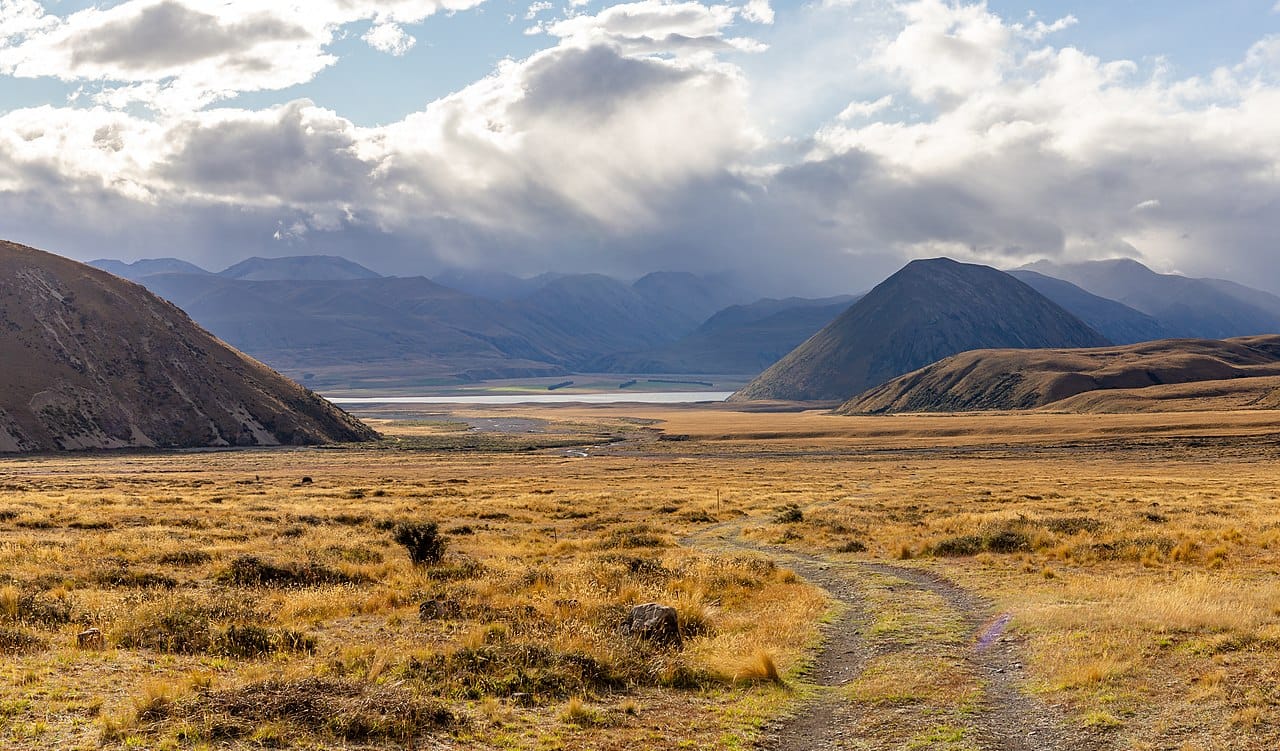
The flip side of Cook's blunt depiction of misogyny is his careful attention to Yen Olass's inner life. One sequence in the middle of the book follows her through pregnancy and childbirth. Her physical and emotional experience is drawn with great care, standing like an island of humanity amidst a sea of violence. The story lingers on details like the emergence of colostrum, the changing shape of the body, the difficulties with urination. Along with this come moments of humour, such as when Yen Olass and her companion argue about whether it is a good idea for the mother to eat her placenta after birth.
It shouldn't really be surprising that man could write a detailed account of pregnancy—most men have children, after all. But I was struck by how rarely we see this fundamental human experience depicted in fiction. Births, yes, and conceptions. But how often do writers treat the actual period of pregnancy as worth talking about?
Through this and other moments of introspection, Cook is able to stay focused on the human cost of misogyny, rather than simply shocking the reader with the male characters' brutality.
I do have a small quibble with the way the theme of misogyny is introduced. The Collosnon Empire is quite obviously inspired by the Mongols, with a bit of Imperial China thrown in. There seems to be a pattern with epic fantasy writers—I don't know if there's a TVTropes page for it—where the European-coded medieval people have relatively enlightened attitudes, while an Asian-coded culture is introduced that has a more "realistic", regressive culture. See for instance the Tsurani invaders in Raymond E. Feist's Riftwar series, or the slave-owning Seanchan from Robert Jordan's Wheel of Time. In each case, the not-quite-Asian society is used as a canvas on which to explore historical atrocities; the not-quite-European society goes unexamined.
Still, Cook is probably the least worst offender in this regard. The European-style nations of Argan are certainly not good places to live. They just aren't as rampantly awful as the Collosnon Empire.

After three books, what really impresses me about Cook's writing is his ability to balance cynicism with humanism. The world he depicts is generally squalid, violent and unpleasant. Victories of justice can only establish small pockets of safety from the general tides of war and oppression. Yet being pessimistic about humanity as a whole doesn't prevent Cook from showing compassion for individual humans.
There is one thing that Cook is never cynical about, and that is the natural world. In all three books, the purest moments of respite come when the characters are alone in the wilderness. In The Wizards, it’s a scene just before the final battle, where the heroes find themselves travelling down an isolated coastline. Despite the looming danger of magical catastrophe, simple hunger forces them to spend a day hunting and fishing along the beach. The scene is tranquil, luxurious in its length. Afterward, the bloodthirsty warrior Morgan Hearst “thank[s] the fates for what had been, in its own way, a perfect day.”
In The Wordsmiths, Togura is happiest when he is lost on a wild coastline, witnessing the splendour of nature:
Here, however, there were no close-shouldering houses loud with voices and barking dogs; there were no cobblestone streets reeking of fish nets and onions; there were no vendors offering cockles, whelks and whitebait for sale; there was no putrefying mass of enclosed harbour waters, quiescent as a jellyfish.
Instead, there were open shores of rock and sand; there were cliffs, headlands, inlets and bays; there were creeks, streams, and rifts of coastal marshland alive with herons, shags and nameless stilt-legged birds; there were sheltered dells, fragrant with herbs, lumberous with bees, swamped with heat in the noonday summer sun; there were rolling hillsides and uprearing cliffs, a mix of stunted trees, wild roses and impoverished coastal grasslands; there were wide, wild vistas, bare of habitation, where even the slightest summer breeze hinted at the possibility of summer storm.
And in The Women, Yen Olass's pregnancy and child-rearing takes place in an isolated forest, protected by obscurity from the ongoing war.
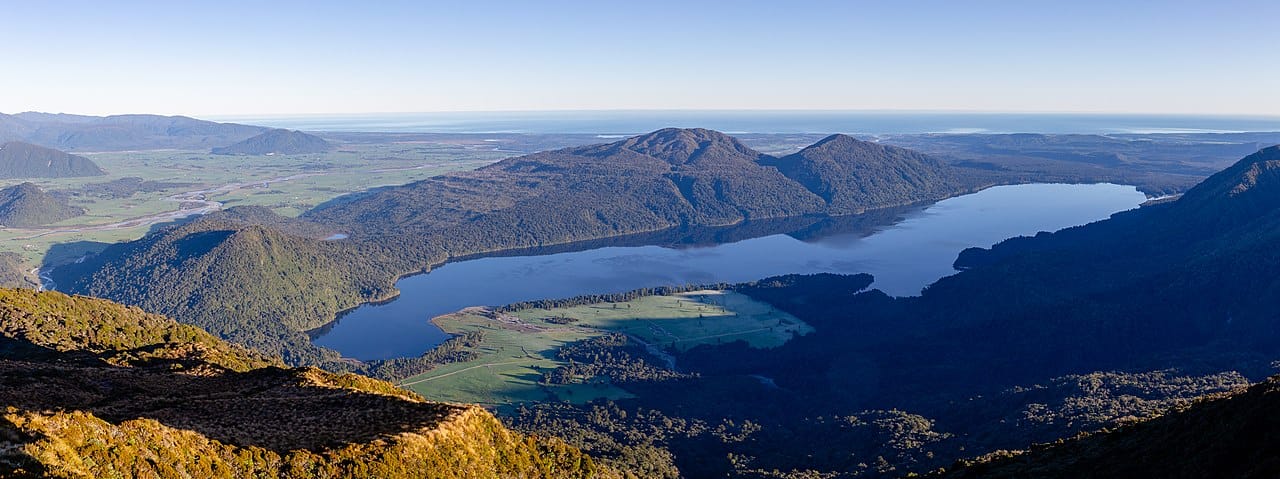
Sometimes this wilderness life seems a bit too easy. In all three books, the characters generally have no trouble feeding themselves by hunting and fishing, which raises the question of why such abundant areas haven't already been settled by someone else. Still, there is something pure and lovely about these chapters. The narrative slows down, Cook's prose becomes languid and expansive. The characters take a breath—and then, inevitably, they are forced back to the world of civilisation, and the endless absurdities of human existence resume once more.
Having read the first three novels in the series, I can recommend each of the individually or as a set. (Because of the way the series is structured, it's possible to read them in any order.)
But there are still seven more to go! In the past I have followed a loose rule of only reviewing books I physically find in second-hand stores, but I may have to break that rule and go hunting for the rest of this series online.
Availability: Like the previous book, this is not available in e-format but is fairly cheap on AbeBooks.
P.S. With the sad demise of Cohost (a social media site too good and pure for this fallen world) I can now be reached mainly at Bluesky or by email. Feel free to talk to me about weird books. I want to hear all about them!
Header cover art by Steve Crisp.
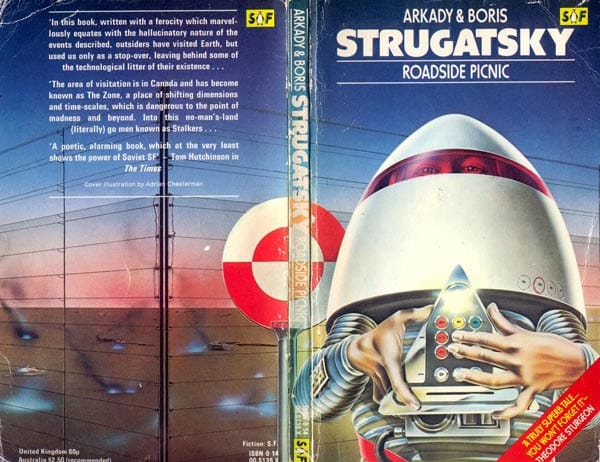
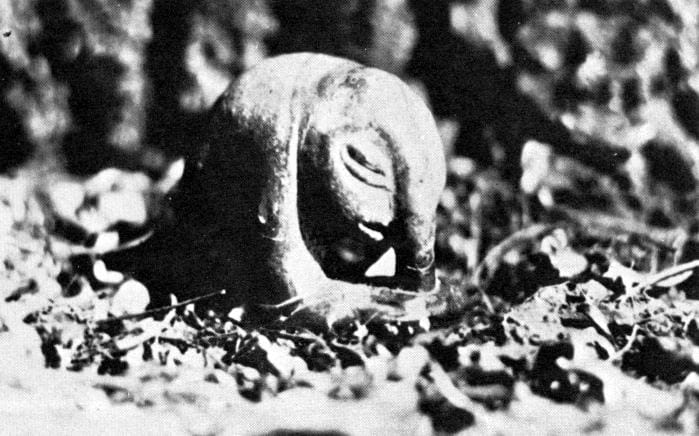
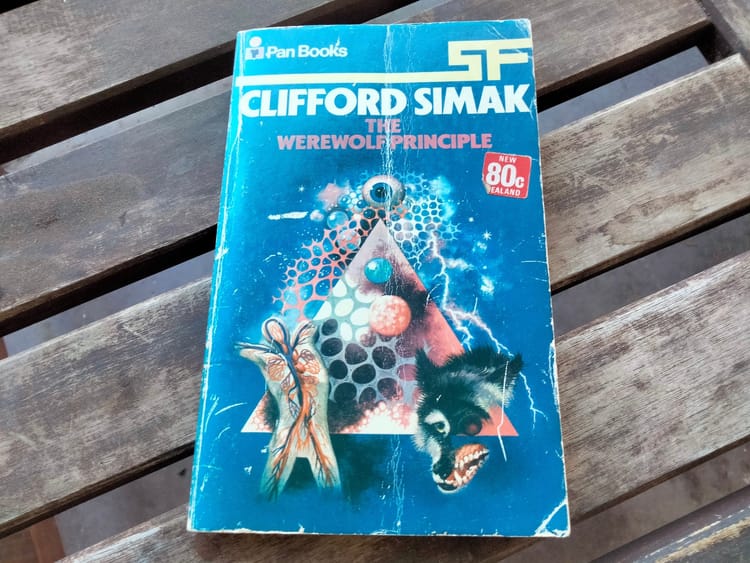


Member discussion